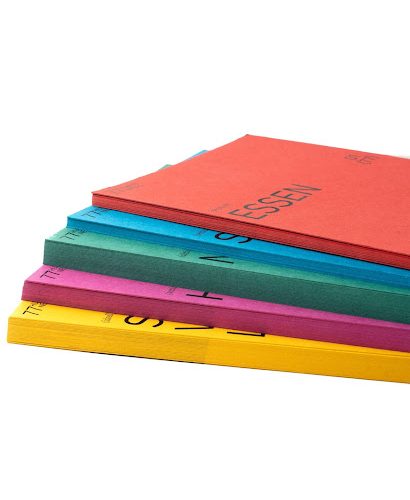Color can make individuals feel emotions such as hunger, sadness, relaxation, and happiness. The psychological study of colors shows how effective colors affect an individual’s behavior and mood.
Different colors have different impacts on behavior and emotions. The effect of color on an individual depends on the color’s shade, tone, brightness, and tint.
Colors relate to balance an individual’s emotions, body, and mind. Many are unaware of many coordinated and intentional uses of color in society. Keep reading this article to know how to impact an individual’s environment and state of mind by utilizing colors.
Table of Contents
The Psychology of Color
The psychology of color is the study of the effect and impression of colors on various individuals. Colors significantly impact how individuals relate because they give the same impression to multiple people.
The following colors are prominently known to evoke certain emotions and influence mood.
Red
This color increases blood pressure and metabolism and represents passion and aggression. It is a powerful color that appears nearer to the eye and serves as a fire engine and stops signs. The color is often seen as aggressive and invokes excitement.
Green
Green is a color associated with the popular ‘go’ traffic light. This restful color symbolizes harmony, freshness, safety, wealth, and new beginnings. It also feels relaxing and calm to an individual.
Orange
Orange supposedly makes an individual feel enthusiastic and energetic. It’s not an overwhelming color; however, it is inviting and draws attention. The color is rumored to inspire positive emotions and make one feel happier.
Black
Black exudes elegance and mystery and conveys feelings of neutrality. It is one of the best colors to wear to a workspace because it breeds professionalism. Some cultures also refer to the black color as sadness or mourning.
Gray
This color denotes maturity, dependability, and formality. It gives an unsettling feeling because it is a moody, dull color. When there are a lot of gray colors, it creates a feeling of depression or sadness.
White
In some cultures, the white color signifies sadness, death, or grief, while in others, it may signify purity and peace. The color makes an individual feel clean, fresh, and modern.
Scientifically, color can impact the cognitive performance of an individual. Colors are a good communication tool and can influence mood and psychological reactions. Some colors evoke various ranges of emotions, such as anger and comfort. Colors have also been found to affect an individual’s physical and mental state.
Living in Color
Colors have a significant impact on the day-to-day activities of an individual. Individuals can incorporate these colors in various ways, such as home decor and outfits for occasions like a job interview and date. Color helps to improve the home decor in several ways, such as setting a mood. It helps to create a serene and airy environment to make the rooms feel warm and intimate.
Individuals going to a workspace can wear warm colors. Warm colors are best for directing attention, stimulating the brain, and encouraging action. Some colors like red give individual leadership and a powerful aura, which can help improve productivity in the workspace. Colors like blue also promote creativity and honesty in a workspace environment.
Influencing Consumerism Through Color
In marketing design, color plays a significant role in attracting the eye and driving product interest. Whether it’s wholesale goods that are a dime a dozen in retail stores and supermarkets or more premium-grade products like designer clothing and premium grade progressive lenses that are used in luxury brand eyewear.
Colors are believed to have a subtle and powerful effect on the audience and are an effective way of presenting a brand’s personality.They’re considered vital tools when impacting an audience because every color invokes a different emotion and mood. In that way, it helps to influence responses and reactions from the audiences.
The strategic use of colors in many business establishments or marketing design and advertisement is a way to appeal to customers. Some of the various ways to recognize the uses are:
Violet
It helps to create awareness, vision, and authenticity.
Green
Green shows a sense of environmental awareness and balance. Orange: Orange gives a sense of security and warmth.
Black
Black embodies sophistication and gives a sense of security and emotional safety.
Brown
The brown color exudes support, seriousness, and reliability.
White
It offers a sense of sophistication, simplicity, and efficiency.
Red
Red gives a sense of basic survival and strength.
Pink
Pink provides a sense of survival and warmth.
Blue
Blue exudes intelligence, trust, logic, communication, and reflection.
Yellow
Yellow gives off a sense of optimism, creativity, confidence, and self-esteem.
The Impact of Color
Colors significantly impact emotions and behaviors because they can trigger the states. All colors arouse different reactions in people, and it impacts cognitive performance. It also impacts an individual’s life in several ways, such as house decor.

